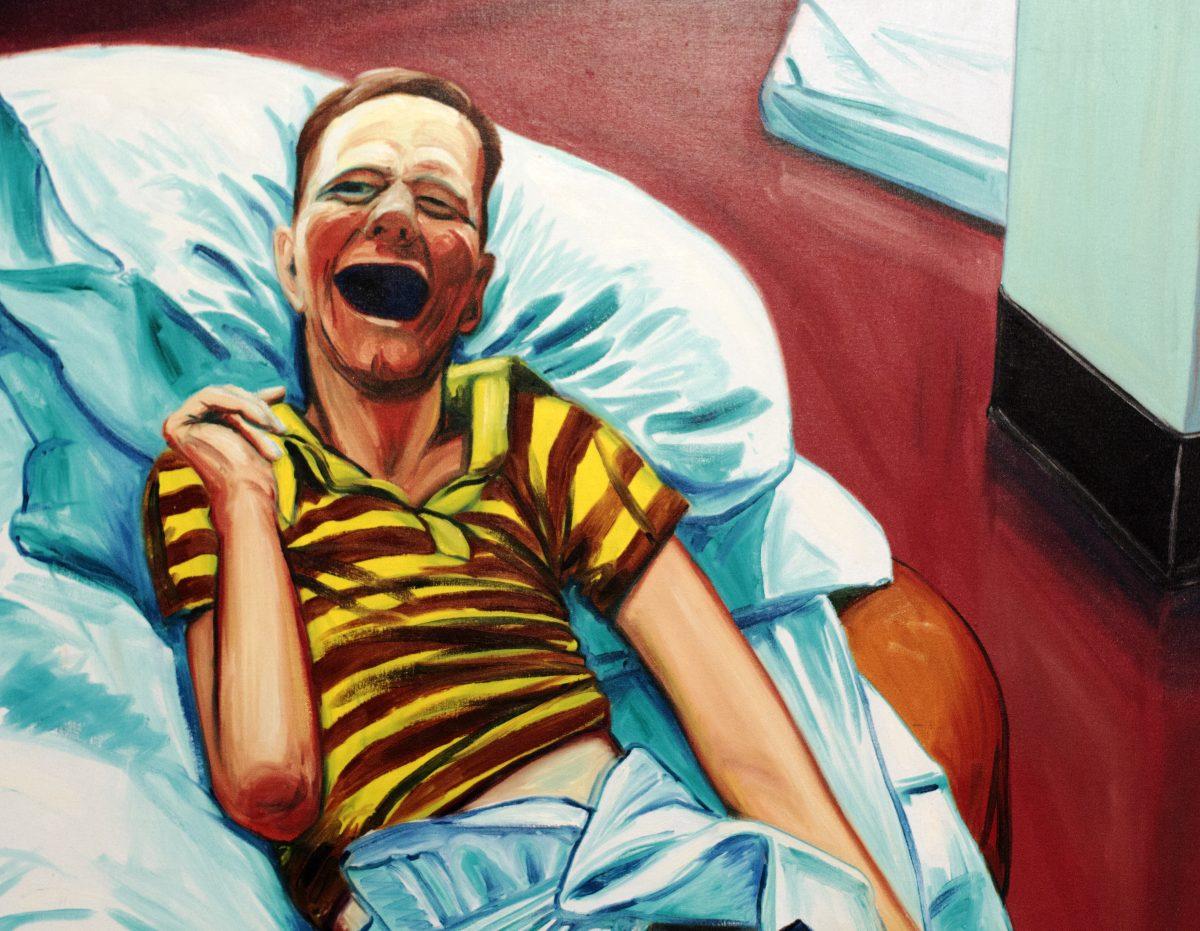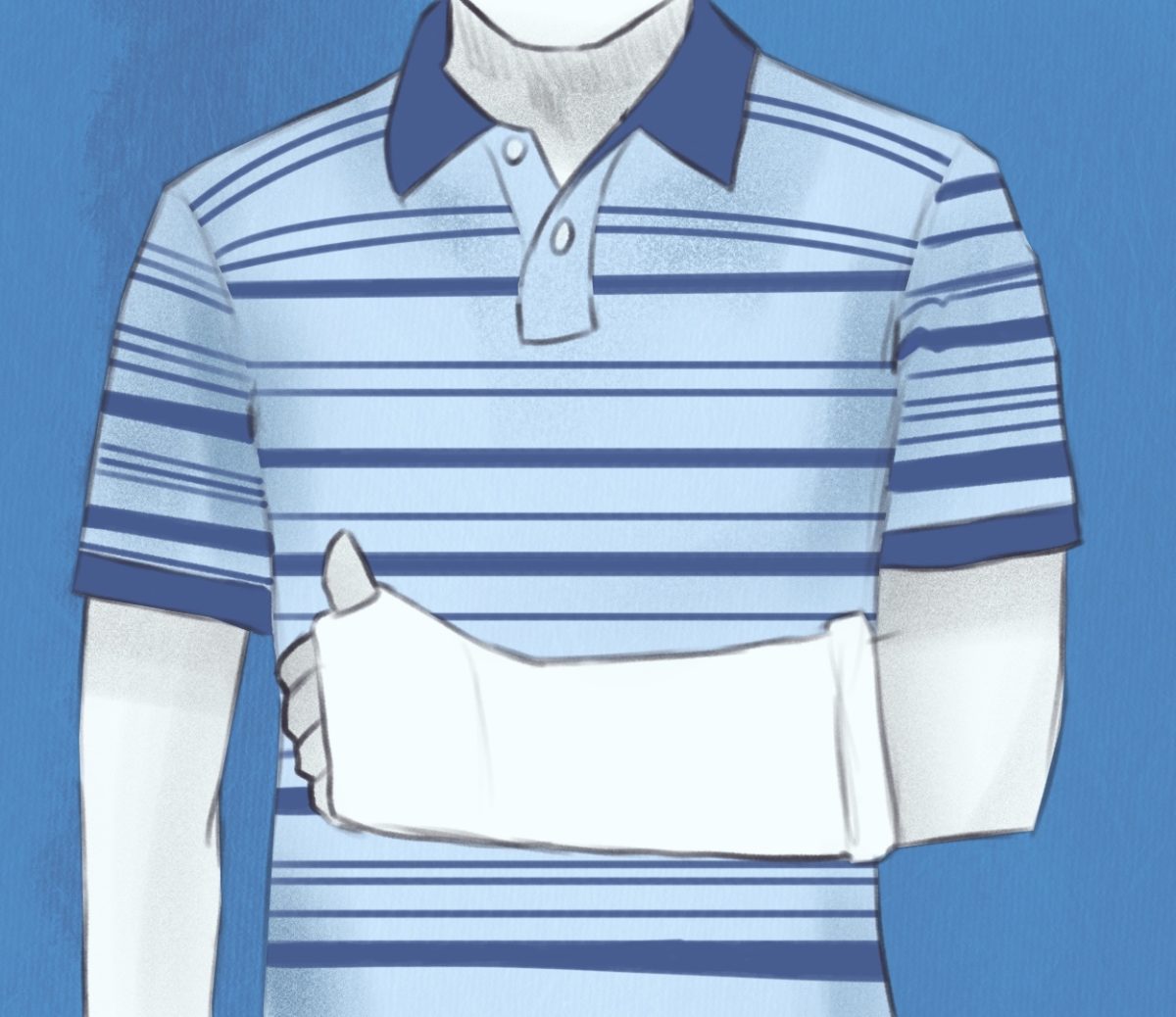East of the Cascade Range, the name of one of Oregon’s earliest settlers is far from forgotten. The John Day Dam spans the Columbia River, just below the mouth of the John Day River, running south to the John Day Fossil Beds and the city of John Day, one of two eastern Oregon locales named for the famous fur trapper. Aside from his eponymous landmarks, Day was also one of the first documented cases of mental illness reported in the Oregon Territories.
The native Virginian was a hunter who in 1810 headed west towards Fort Astoria after contracting with the Pacific Fur Company. By the time the hunt party reached the Snake River in what’s now Idaho, Day fell ill and was left with a fellow hunter to recuperate on the riverbank. Come spring, the pair headed west anew only to once again find trouble. Robbed and stripped naked by an outlying group of Native Americans, Day and his companion were left by the river that now bears his name.
Meanwhile, the hunting party forged ahead to Astoria to find Archibald Pelton, the sole survivor of an attack on a previous Pacific Fur Company expedition. Pelton had been discovered by a tribe in the Snake River region, disturbed and wandering. His name was even incorporated into Chinook jargon for mental illness. When he finally reached Fort Astoria a month later, Day too suffered a mental breakdown. Both were left by the party to recover in Astoria.
“I was struck in these stories about the way in which the tribes appeared to have supported and nurtured these two men back to health,” says Dr. Bob Nikkel, a former Oregon commissioner of mental health and addiction, who has written about the history of mental health care in the state. He says the men were cared for “in a way that was not happening in the predominant white culture at that time, or for many years later.”
Nikkel grew up with strong ties to the Mennonite Church, which has a history of conscientious objection in times of war. When the Vietnam War broke out, he chose to continue the tradition and volunteered at a Kansas hospital in lieu of military service. This work helped inspire his long career in mental health services. Day and Pelton could be considered lucky to have had the chance to recover outside the modern stigmas and isolating tactics of Western culture, which Nikkel says are among many treatments that do more harm than good.
Some time after Day and Pelton, Oregon’s first mental hospital was opened in Portland by Dr. J.C. Hawthorne in 1886. Hawthorne’s humanitarian approach focused on early treatment and was in many ways ahead of its time. “Dr. Hawthorne practiced moral therapy,” says Dennie Brooks, board member of the Oregon State Hospital Museum. “He operated on the belief that everyone is human.”
In an effort to save money and accommodate more patients, Oregon opened the state-run Oregon State Hospital in 1883. This meant the closure of Hawthorne’s hospital, and the transfer of his more than 350 patients from Portland to Salem. Hawthorne was unhappy about the transition, fearing that the state would not maintain the low patient numbers he believed vital to humane care and healing.
Their fears were well-founded, and after 25 years of court ordered institutionalizations, the number of patients being treated at the hospital swelled to more than 1,500. In these early years, any non-standard ailment meant admission into the Oregon State Hospital; patients suffering with depression and “melancholy,” epilepsy, meningitis, or syphilis were institutionalized.
It was in this period that a quiet form of eugenics began to take hold in the United States, as well as a darker approach to mental illness. Between 1923 and 1983, more than 2,300 people were forcibly sterilized after being deemed criminal, insane, or “feeble minded.”
It wasn’t just sterilization that was ushered into this era of state-run hospitals. By the ’40s procedures like lobotomies and electroconvulsive therapy were rampantly popular.
“The dominant culture medicalized the experience of mental health challenges by [considering] extreme mental states as illnesses,” Dr. Nikkel says, adding that our culture improperly intervenes to treat mental illness.“How else can we explain isolating people, stigmatizing them as ‘mentally ill’ or, even worse, doing toothpick lobotomies and electroshock treatment, and chaining and abusing them?”
That may seem shocking, but in 1955, when Dr. Dean Brooks became the superintendent of Oregon State Hospital, it was his much gentler philosophy that stood out. “He organized the wards geographically,” says Dennie Brooks, Dr. Brooks’ daughter, to ease the patients’ transition once released.
Dr. Brooks also worked with one of Oregon’s most famous movies, One Flew Over the Cuckoo’s Nest. The film was based on Ken Kesey’s 1962 novel, and both were set in the Oregon State Hospital in Salem.
Brooks was at the head of the fight to film on location at the hospital, though he feared it could cost him his career, in the hope to give a humanizing portrayal of mental illness. Brooks agreed to the filming on the condition that he would play the hospital director and patients would be hired as extras.
Not all Oregonians feel as Brooks did about mental health care. Fast-forward to June 4th, 1990, when right-to-die advocate and alzheimer’s patient Janet Adkins met Dr. Jack Kevorkian at his van in a park outside Portland. Believing it was her time to go, she entered the van, Kevorkian inserted a needle connected to his homemade lethal-injection machine, and she flipped the switch.
Through the oft-controversial work of advocates like Kevorkian and Adkins, Oregon became to first state to legalize physician-assisted suicide with the 1994 Death with Dignity Act.
This is not to say the Oregon State Hospital is any stranger to death. Just yards from the recently constructed hospital and the museum (housed in its original building,) sits a small memorial cottage made of brick and steel. Behind a large wall of glass are copper canisters, stained and corroded with age. Names are etched into a cement wall that surrounds the memorial’s patio.
While touring the Oregon State Hospital in 2004, an Oregon legislator and a team of journalists came across a structure filled with corroding copper canisters. These roughly 3,600 canisters contained the cremated remains of patients from the state hospital, satellite hospitals, and even the state penitentiary, unclaimed and unreturned to families. The discovery of these “cremains” provoked shock and outrage across the state, but according to Megan Lallier-Barron, curator of the Oregon State Hospital Museum, such a practice was far from unique to Oregon. “By many institutions, Oregon was considered a gold standard. These cremains were never actually lost by the hospital. They were meticulously documented and recorded.” Though recorded, as many as 1,500 remains are said by the state to have been lost as of 2014. These lost individuals are part of the memorial built in the same year.
It can be said that Oregon is beginning to do right by its kids. In the early 2000’s, minors were successfully removed from these institutions. “We were able to get all of the children and adolescents out of our state hospitals by creating community places for them when in need of intensive treatment away from home. No child should ever have to say that he or she had been in a state hospital,” says Dr. Nikkel.
The history of mental health in Oregon is a strange one. It’s sometimes mysterious, and often bleak, but according to Dr. Nikkel progress is a result of community. “Everything that we achieved during my 6 years as Oregon’s state mental health and addictions commissioner resulted from team work. Nothing gets accomplished in mental health by only one person’s work.”
Long ago, cremated remains of Oregon State Hospital patients were left in copper canisters and buried. Today the canisters are part of a memorial. (Gordon Friedman/Ethos)
















![Words | Renata S. Geraldo Art | Maddy Wignall   Sex trafficking takes on many different forms. Women from poor families fall victim and are kidnapped or sold into prostitution. In the United States, prostitution and trafficking take a different form. Trafficking happens through coercion and manipulation; a much subtler […]](https://dailyemerald.com/wp-content/uploads/2018/10/8ad948459029f9a809f9628092dca222.png)

